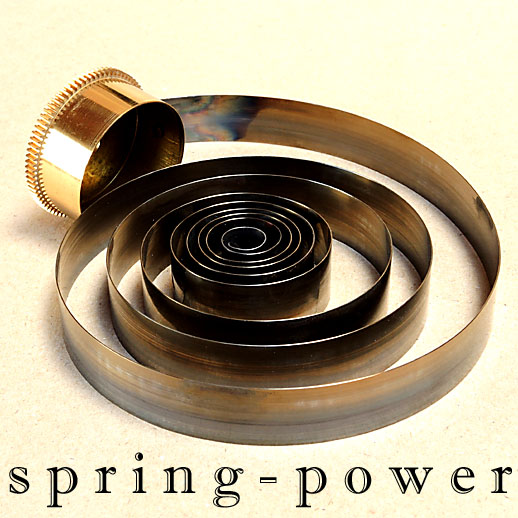Restoring a Pendulum. Clock not keeping time – too slow – already at the limit of regulation.
Notes for anyone interested in mechanical clocks, from collectors to clock repairers
The regulation was the problem after restoring a modern grid pendulum using the existing pendulum disc.
Just before the customer fetched the clock, I used a new disc to match the looks of the restored brass parts.
I never weighed those discs, just presumed them to be identical. The actual difference was about 10%.
It does not matter how long you are in our trade, there will always be an issue, which you have not come across before.
A typical Kieninger grid pendulum ( not Lyra )

You can dis-regard the screws “B”
“A” is the one to work on. If you put the pendulum rod/grid without the disc of course flat onto a table, you will keep the square hook on top from turning around. That is actually more important when you re-tighten the screw.
Mark the rod just below the block. Use a 2 mm blade screwdriver to loosen the screw. It’s not necessary to remove it .
Push the rod through to the bottom ( left on the photo ) about 13 mm and re-tighten the screw. That will make the distance from hook to pendulum shorter and make the clock faster. The threaded end – now a bit longer – does not really count.
After that you don’t move the disc up to its limit with the rating nut. I worked it out roughly. One full turn of that nut is 1 mm travel on the thread. So, ideally you will have still 5 minutes per 24 hours to regulate
the clock faster / slower.
To determine the new position of the disc, I would lay the pendulum onto a flat surface and mark the hook on top and the disc position at the bottom. If that new length is about 10 mm shorter, then you got your 35 min. per week – 5 minutes in 24 h – error eliminated and have spare space to regulate both ways. ( Those values were the actual ones in this case. )

